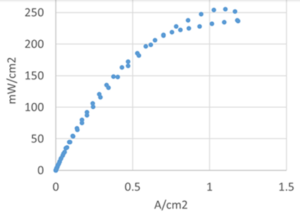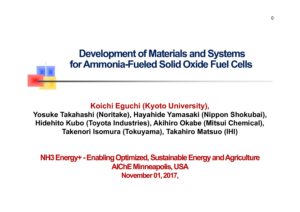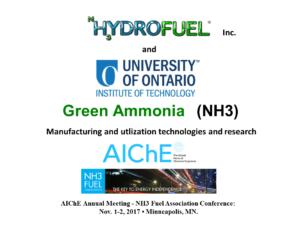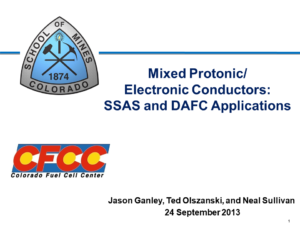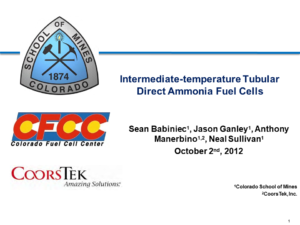Article
Progress for Low-Temperature Direct Ammonia Fuel Cells
Speaking at the NH3 Energy+ Topical Conference last month, University of Delaware Adjunct Professor Shimshon Gottesfeld reported on progress made by the university’s direct ammonia fuel cell (DAFC) project. Evidently, the UDel team is now a big step closer to its goal of establishing the DAFC as a viable automotive power plant.
